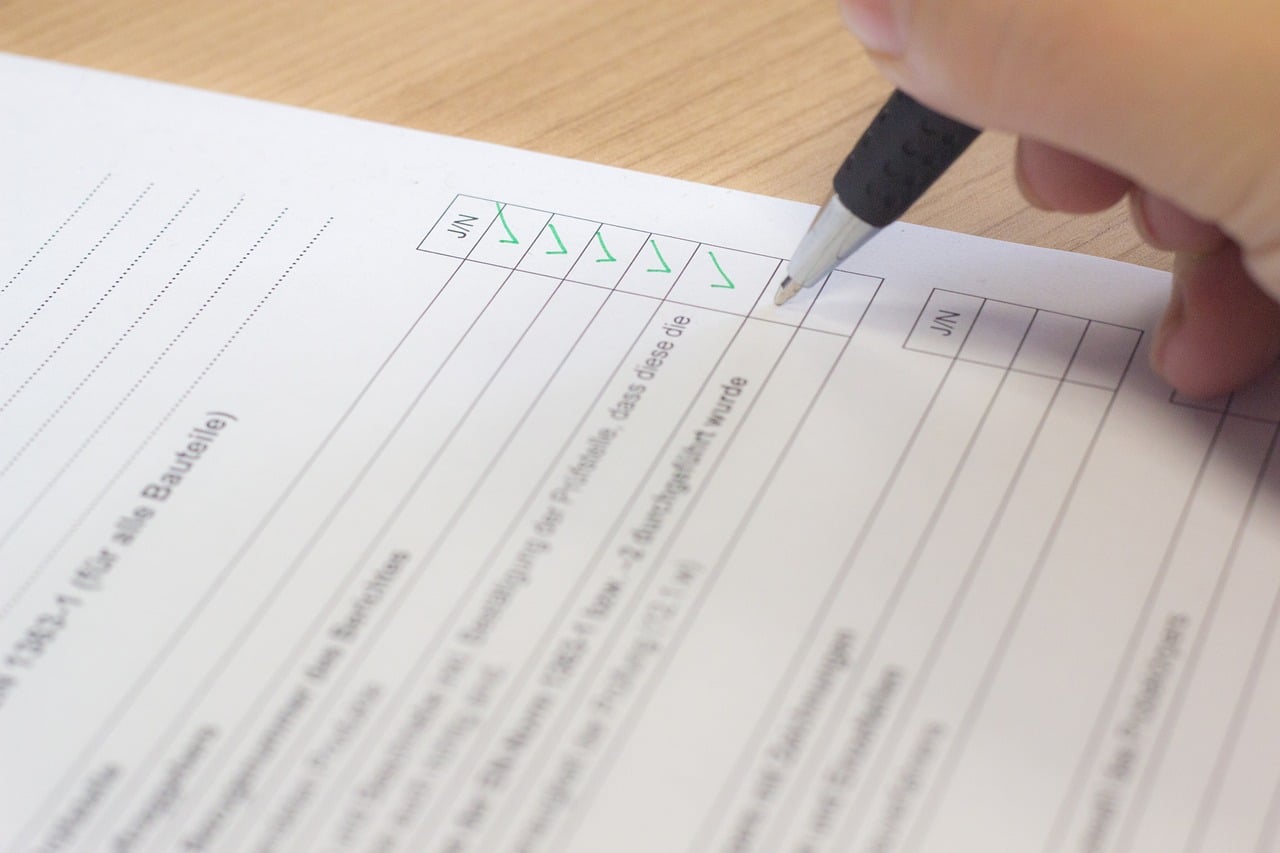Most Common Malpractice Claims for Attorneys
Understanding where and why malpractice claims happen can help you proactively take steps to reduce the likelihood that a claim will be made against you.
So, what is the most common of all the malpractice errors that lawyers can commit? You are correct if your answer is a failure to know or apply substantive law. No single error accounts for the majority of claims. However, as a general category, the substantive-related kind is your best bet for falling on the wrong side of the malpractice line.
The following guide includes the five most common malpractice claims attorneys face, along with preventative steps to avoid them within your firm.
An accurate picture of malpractice errors. Getting good across-the-profession data on legal malpractice errors in the United States is virtually impossible for two reasons: Multiple legal professional liability insurance carriers operate in all but one state, and many U.S. lawyers don’t have malpractice insurance.
Substantive errors. When grouped, substantive errors account for more than 46 percent of reported claims. The most obvious error in this category is a failure to know or adequately apply substantive law. Another rather obvious error is the failure to understand or ascertain a deadline. Claims further indicate that “dabblers,” or lawyers acting outside their usual practice area, are far more likely to fail to know or apply the law.
Administrative errors. Taken together, administrative errors—including tickler system errors, clerical and delegation errors, lost file or document errors, and procrastination—account for 28.5 percent of reported claims. A failure to file documents is the top administrative error in the studies (at 8.6 percent). A failure of the calendar is the fifth-most common error. A related but less standard error is the failure to react to a calendar system. Clerical and delegation errors include simple clerical errors, errors in mathematical calculations, and work delegated to an employee that is not checked. Delegating tasks to knowledgeable support staff is an essential part of the operation of every practice. However, the lawyer is ultimately responsible for the delegated work and has to take steps to ensure that delegated work is reviewed appropriately.
Intentional wrongs. Intentional wrongs constitute 12.3 percent of claims. Intentional wrongs include fraudulent acts by the lawyer, malicious prosecution or abuse of process, libel or slander, and violations of civil rights. As a category, these types of claims may be the most shocking.
Regardless of firm size, every firm must implement appropriate internal controls to ensure that funds in trust accounts are handled correctly and that all transactions involving client monies are adequately documented.
Client-relations errors. Client-relations errors constitute 12.3 percent of claims. There are several types of these claims, which all tend to arise from lawyer-client communication problems.
The first type is failure to follow the client’s instructions. Often these claims arise because the client says one thing about what was said or done, or not said or done, and the lawyer says another. These claims tend to come down to credibility and can be challenging to defend if the lawyer has not documented the instructions in the file successfully.
The second type is failure to obtain the client’s consent or inform the client. These claims involve the lawyer’s allegedly doing work or taking steps on a matter without the client’s consent. Such claims also involve the lawyer’s failure to advise the client of all the implications of possible outcomes when decisions are made to follow a particular course of action.
The third type is poor communication with the client, which involves a failure to explain to the client information about administrative procedures, such as the timing of steps on the matter or fees and disbursements. This error also arises when there is confusion over whether the lawyer or client is responsible for taking a specific action during or after the matter—for example, sending a lease renewal notice to a landlord or renewing a registration or filing.
You can significantly reduce exposure to client-relations errors simply by controlling client expectations from the very start of the matter, actively communicating with the client at all stages of the matter, creating a paper trail that carefully documents instructions and advice, and confirming what work was done on a matter at each step along the way.
Conflicts of interest. There are two types of conflict malpractice claims. The first arises when conflicts occur between multiple current or past clients represented by the same lawyer or firm. The second type occurs when a lawyer has a personal interest in the matter. Because real estate and corporate commercial lawyers regularly act for multiple clients or entities, these lawyers experience more conflict claims than those in other areas of law. Litigators, however, seem better able to recognize conflicts and have a relatively lower rate of conflict claims.
To avoid conflicts of interest, ensure your firm has procedures for checking disputes at the earliest possible time. This should, ideally, involve an electronic system that includes not only client names but also individuals and entities related to the client, including corporations and affiliates, officers and directors, partners, trade names, and the like.
Another hot-button issue is a rise in conflicts relating to the lateral hirings of partners and associates. Unfortunately, such conflicts are often addressed very late in the process, when the transfer is all but done. At this late stage, all parties have a strong desire to complete the transfer, that potential conflicts are often ignored or overlooked.









